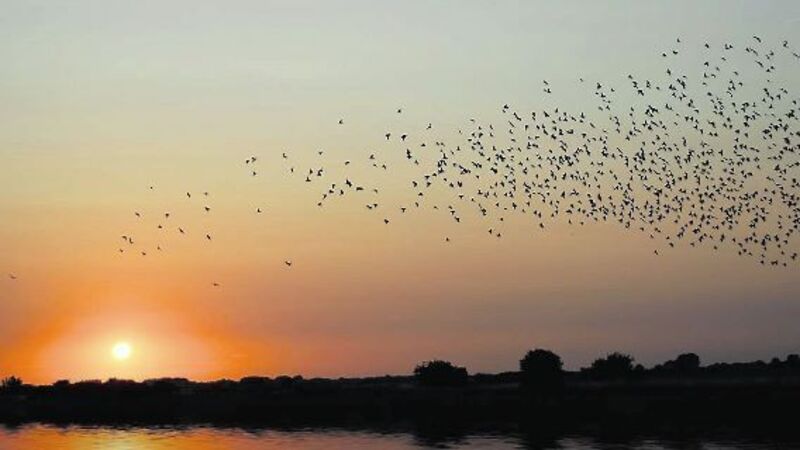'Brexits' occur in animal kingdom too through migration

Bears, for example, are a tightly-knit group, with only eight species worldwide. Around 150,000 years ago, brown bears living in the far north severed their ties with the rest of their tribe. Hunting seals on the polar icecap, they evolved into marine predators. The pads on their feet grew little bumps, giving traction on ice and they stopped adding brown pigment to their coats; white hair provides camouflage in snowy environments. Their brexit seemed a wise move back then. Now, however, the ice-cap is melting and polar bears may have to return to their brown bear roots. ‘Grizzlars’, youngsters of mixed brown and polar bear parentage, are turning up.
Birds too have their brexits. The ‘thick-billed guillemot’, of the far north, was re-named ‘Brünnich’s guillemot’ in honour of Morten Thrane Brünnich, a Danish naturalist born in 1737. One visiting Ballyteigue Bay, County Wexford, in December 1986 was very far south of its normal range. Hornøya is a small uninhabited island in the Barents Sea off the north-eastern tip of Norway, 400km beyond the Arctic Circle. Brünnich’s guillemots were among the 100,000 seabirds nesting on the cliffs there last month.










